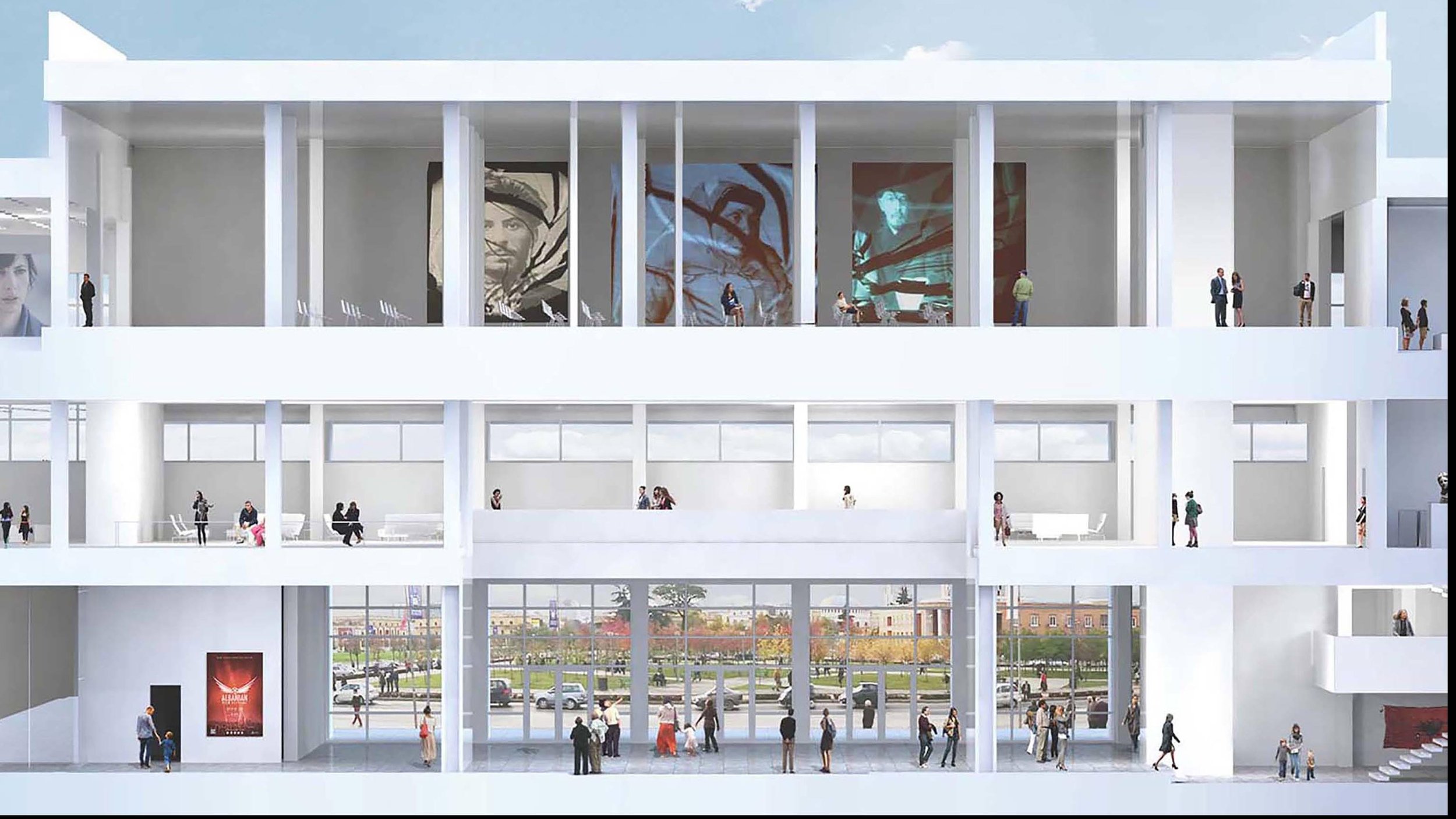#262 - SARAH WHITING, Dean at the Harvard University Graduate School of Design and Co-Founder of WW Architecture
SUMMARY
This week David and Marina are joined by Sarah Whiting, Dean and Josep Lluís Sert Professor of Architecture at the Harvard University Graduate School of Design; Co-Founder of WW Architecture to discuss her early interests in architecture, communicating the value of architecture to the public, the GSD, social and environmental issues in architecture, the future of architecture practice, movements in architecture, and more.
ABOUT SARAH
Prior to founding WW with Ron Witte, Sarah Whiting worked with OMA, Peter Eisenman, and Michael Graves. In addition to practicing, Sarah is Dean of the Graduate School of Design at Harvard, where she is also the Josep Lluís Sert Professor of Architecture. Prior to joining Harvard, Sarah was Dean of Rice Architecture; she has also taught at Princeton, the University of Kentucky, IIT, and the University of Florida. Sarah's writing has been published in a number of venues, ranging from ANY to Wired. Whiting is the series editor of Point, a Princeton University Press book series aimed at forming contemporary discussions in architecture and urbanism, and previously served as reviews editor for the journal Assemblage from 1996 to 2001. Sarah received her B.A. from Yale, her Master of Architecture from Princeton University, and her Ph.D. from MIT.
HIGHLIGHTS
TIMESTAMPS
(00:00) Sarah’s early interest in architecture, lessons learned being an Arts Editor of the Yale Daily News newspaper, studying at Yale University, Princeton University, and MIT, and working for Peter Eisenman.
“Still the reason why I find architecture such a wonderful field is I’m interested in how people come together, how they get along in the world and in the end, the built environment shapes how people interact collectively. I would say it’s the spatial and formal… the instantiation of political science or social politics.” (02:48)
“It’s an amazing training to have to write short, and write clear, and write frequently, but also actually editing other people’s writing. […] It is sort of akin to teaching studio… Knowing enough about a field but also knowing how to make it better, and it is through the writing in the same way that form and space, organization, program, and materials are things we know no matter what the program is or the site. […] I think the best studio critics are ones where they let the student develop their own voice, while still making sure that it’s not ‘anything goes’.” (07:56)
(18:57) Having a passion for studying and teaching architecture. Different reasons for getting a Master’s in architecture. The Graduate School of Design at Harvard University.
“A project is the intersection of thinking about architecture, culture, and society, but also knowing the technical thinking, then knowing how to represent it. I just think it’s an extraordinary synthesis. As an education it was liberating, actually. […] If you think about it too much you wonder, “How the hell does anything get built?!” […] So I find it so remarkable exciting when you look around and see what gets built and how it changes the world around it. To me it is a remarkable thing. And I think, teaching architecture? There’s nothing more fun.” (18:57)
“What’s fascinating about the Master’s programs is precisely the different kinds of experiences that are brought together. It’s helpful, as a student, to realize that instead of being afraid of the fact that you don’t know the same things as the person sitting next to you, it’s a huge advantage to put all that in the open, because you all come with different strengths. That’s different form a master’s program in Math, English, or History where it’s more individualized work. […] Here it’s actually an advantage to come in with a certain kind of experience.” (22:47)
(27:02) The separation of architecture practice and education. The future of architecture practice.
(37:47) Sarah’s interests in urbanism and her dissertation at MIT.
(44:17) The Graduate School of Design at Harvard University.
“Teaching here, I realized yes, it (the GSD) is very big, but it’s big because it’s made up of so many programs and components. In addition to the three departments, you have Advanced Research that’s non-studio based, the Doctor of Design, the PhD… but even within the departments you have different programs and strains. It’s a big school made up of a lot of parts. […] And meanwhile you have the exposure to all those different parts. The students know each other across the programs. That’s very very exciting. For me, that’s what characterizes the school.” (51:22)
(55:12) Design students today being more concerned with social and environmental issues.
“Structural racism and power imbalances lie within our field. We need to understand that that needs to be part of an education so that we understand how we can engage that. I won’t say how we can avoid it altogether because I think that power, cities, and buildings do go together in that, in the end, architecture is very expensive and changing architecture is expensive. So rather than saying we can avoid power and capital altogether… you can’t dissociate the design fields form capital, but how can you avoid them being led by capital? That goes back to my desire to see practice pushed by academia as opposed to you graduate and you enter into practice and you’re simply a minion.” (55:31)
(01:10:32) Communicating architecture to the public. Sarah describes her role as Dean of the Graduate School of Design.
“Ensuring that we communicate in such a way that the public understands us because everyone out there, as I point to the street outside, everyone lives in architecture, we effect everyone. It really helps us if we can communicate with everyone and explain why architecture is so amazing and what it can do to make your world better. Why it takes time, why it takes money, why it makes noise when it’s being constructed, why it should happen. […] That part is… in a way I wanted to be an architecture critic of a newspaper and a similar role is ensuring that we help the public understand why this is important.” (01:12:57)
(01:23:15) The future of architecture, backlash against starchitects, materials.
“We’ve obviously had backlash against global starchitecture, but I think it’s been a superficial backlash and also a dumb backlash, because it’s been a backlash against form which… I think the baby shouldn’t be thrown out with the bathwater… and form shouldn’t be thrown out with accusations of irresponsible global practice, because we all have to deal with form. So my hope is that another thing that’s on the horizon in practice is an intelligent conversation about form and space. We’ve gone through about a fifteen year period where you get the sense that if you talk about form and space, you’re characterized as not being socially responsible. I think we’re at the end of that backlash. I think we’re at a moment where we can again say, “We draw lines. We build walls. Walls create insides and outsides. We create divisions.” That’s not irresponsible. That’s not antisocial. We do create boundaries. How do you articulate those and how can those boundaries work in ways that create better places to live.” (01:24:41)
(01:37:58) Sarah’s favorite building(s).
















